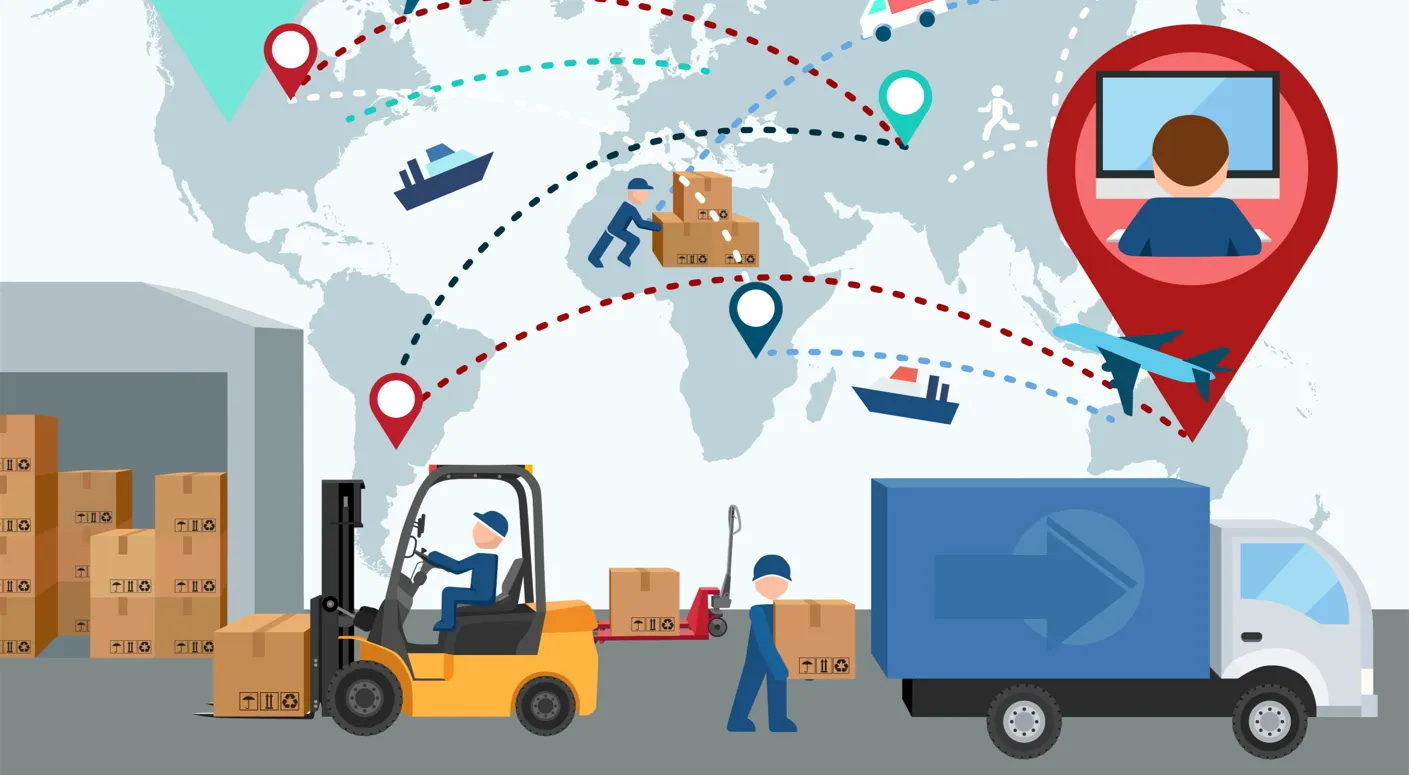Introduction
In today’s rapidly evolving logistics landscape, businesses face increasing pressure to manage complex transportation networks, meet tight delivery windows, and control rising freight costs. A Transport Management System (TMS) has emerged as an essential tool for companies seeking to streamline shipping operations and gain greater control over their supply chains.
Implementing a TMS is no longer just an option for large enterprises — it has become a competitive necessity for businesses of all sizes. By automating and optimizing various aspects of freight management, a TMS can help reduce costs, improve visibility, enhance customer service, and drive overall efficiency. Below, we explore the eight key benefits of adopting a TMS and why it’s a smart investment for forward-thinking organizations.
Freight Cost Savings
One of the most immediate and measurable benefits of a TMS is its ability to reduce freight costs. Through automated carrier selection, route optimization, load consolidation, and access to real-time freight rates, businesses can make smarter shipping decisions that lower expenses.
A TMS helps eliminate unnecessary miles, minimize empty space in trucks, and select cost-effective shipping modes without compromising service levels. Over time, these incremental savings add up to significant reductions in transportation spend.
Improved Visibility and Control
Visibility is a cornerstone of effective supply chain management, and a TMS provides this through real-time shipment tracking and centralized data. Businesses gain complete insight into where shipments are at any given moment, improving planning and responsiveness.
With enhanced visibility, shippers can proactively address delays, reroute shipments, and provide accurate updates to customers. Moreover, centralized control over all transportation activities reduces errors and ensures better execution across the network.
Increased Efficiency and Reduced Operational Costs
Manual transportation management processes are time-consuming and prone to errors. A TMS automates many of these tasks, including order entry, load planning, tendering, and invoicing. By reducing the need for manual intervention, businesses free up valuable time and resources.
Automation leads to faster processes, fewer mistakes, and lower administrative costs. Additionally, streamlined workflows allow staff to focus on more strategic activities, boosting overall productivity and efficiency across logistics operations.
Enhanced Customer Service
In today’s market, customers expect accurate, on-time deliveries and proactive communication. A TMS helps meet these expectations by improving shipment reliability and offering real-time tracking updates.
Businesses can share shipment status with customers, provide estimated arrival times, and quickly resolve delivery issues. This transparency strengthens relationships, improves satisfaction, and enhances the company’s reputation as a reliable shipping partner.
Data Analysis and Insights
A TMS not only executes transportation tasks but also captures valuable data. Advanced reporting and analytics tools allow businesses to monitor key performance indicators (KPIs) and analyze trends.
With these insights, shippers can identify opportunities for improvement, optimize routes, assess carrier performance, and better forecast transportation needs. Data-driven decision-making ensures continuous improvement and more agile, informed logistics strategies.
Increased Collaboration
Transportation involves coordination between shippers, carriers, suppliers, and customers. A TMS serves as a central platform for communication and collaboration, reducing silos and improving relationships across the supply chain.
By sharing real-time data and standardized processes, all stakeholders can work together more effectively. Improved collaboration leads to smoother operations, better problem-solving, and stronger long-term partnerships with carriers and vendors.
Better Inventory Management
Transportation efficiency directly impacts inventory management. Faster and more predictable shipping reduces the need for excess stock and improves inventory turnover. A TMS helps businesses align inbound and outbound shipments with production and sales cycles.
By synchronizing transportation and inventory strategies, companies can minimize stockouts, reduce carrying costs, and optimize warehouse space — all of which contribute to a leaner and more cost-effective supply chain.
Environmental Impact
Sustainability has become a top priority for businesses and consumers alike. A TMS supports green initiatives by helping reduce fuel consumption, minimize empty miles, and optimize delivery routes.
By consolidating shipments and improving load utilization, companies can lower their carbon footprint and contribute to environmental responsibility. In addition to reducing emissions, greener operations often lead to lower costs and improved brand image.
Conclusion
Implementing a Transport Management System (TMS) delivers far-reaching benefits that extend beyond simple freight savings. From improved shipment visibility and operational efficiency to enhanced customer service and reduced environmental impact, a TMS helps businesses modernize their logistics operations and gain a competitive edge.
At Torro Freight, we empower our clients with advanced TMS solutions tailored to their unique needs. Our expertise, technology, and collaborative approach help businesses unlock hidden efficiencies, reduce costs, and create smarter, more sustainable supply chains.
Contact Torro Freight today to discover how our TMS solutions can transform your transportation operations and drive measurable success.




